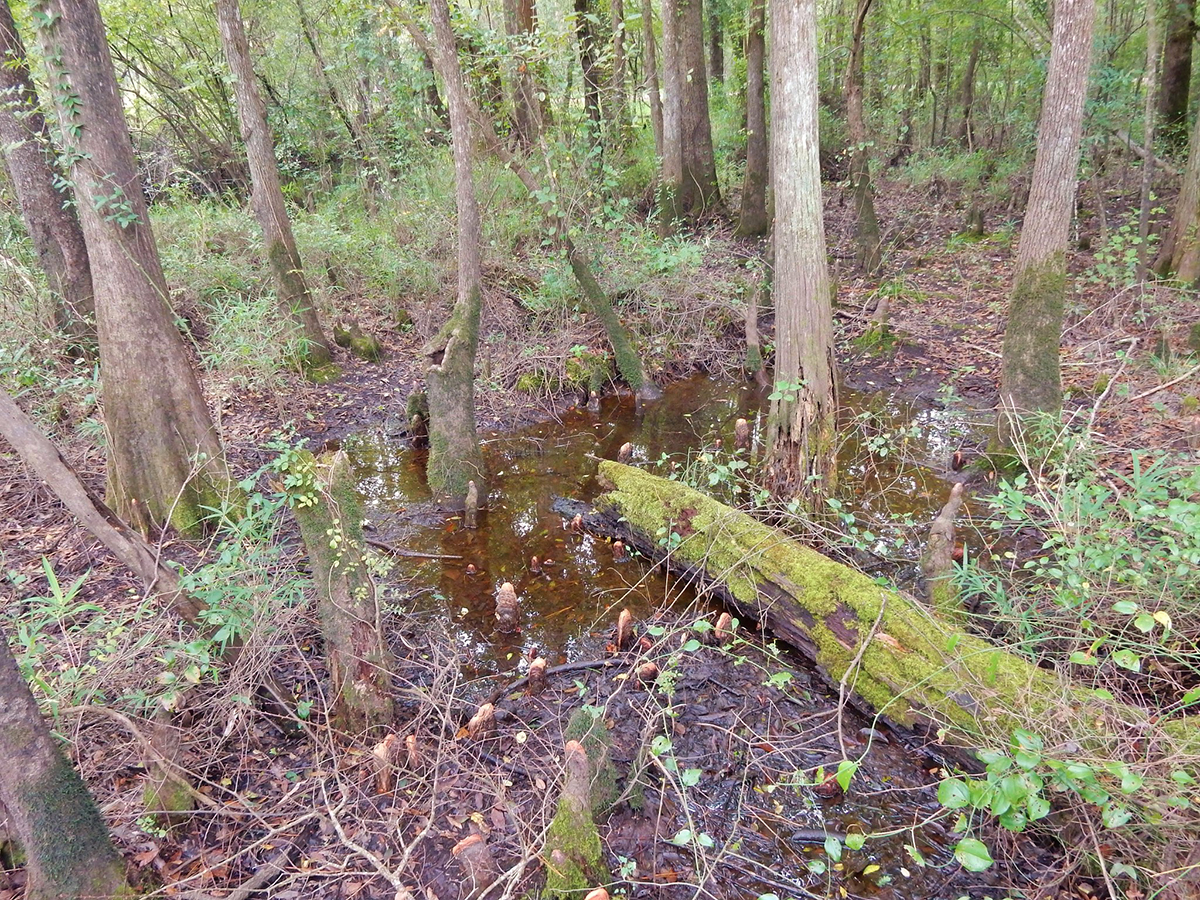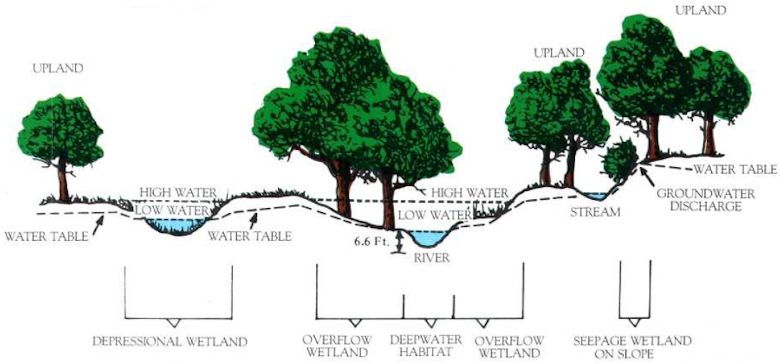
House budget committees rolled out their spending and policy plans Thursday, including large increases in funding for conservation, flood prevention and stormwater infrastructure.
But details in the plan, including an abundance of earmarks for local projects and a controversial provision to drop protections for hundreds of thousands of acres of wetlands, have drawn questions — even as the bill is on track for a final vote as early as next week.
Conservation, flood prevention
The House budget includes large increase for the state’s Land and Water Fund, Parks and Recreation Trust Fund and other conservation efforts, along with almost $2 billion for flood prevention, resiliency and stormwater and wastewater infrastructure.
Much of that would come from a $1.58 billion transfer from the State Fiscal Recovery Fund to the Department of Environmental Quality for four department-run programs.
The newly created Viable Utility Reserve would receive $500 million for grants to financially distressed water and sewer utilities. The state Drinking Water/Wastewater Reserve would receive $900,000 to use for infrastructure grants. Another $80 million would go to local systems for assistance with inventories, merger studies and training. And $100 million in grants would be available for local stormwater infrastructure projects.
Legislators already have carved out a considerable number of earmarks, with more than 100 county and municipal grants specified in the bill.
Conservation funds in the Department of Natural and Cultural Resources would see the same scale of increases envisioned in the proposed Senate budget, although some differences remain between the two chambers.
The House is proposing $80 million in the current fiscal year for the Land and Water and $70 million for the Parks and Recreation Trust Fund.
A state disaster relief fund would provide $20 million for Land and Water Fund grants for floodplains and wetland areas, and $10 million from the parks fund would be dedicated to grants for local governments for persons with disabilities.
A new, separate fund for trails throughout the state is also in the plan. The Complete the Trails Fund would start up with a $29 million appropriation to distribute $25 million for trail construction, planning and design projects.

Worries over wetlands
The jump in resiliency and conservation spending in this year’s session has drawn praise from environmental advocates, but several budget provisions are raising concerns, especially a wetland provision in one section that appears to conflict with flood prevention strategies elsewhere in the budget.
The provision would strip away existing state protections for isolated wetlands, which until recently were protected under federal rules.
Under the new Waters of the United States, or WOTUS, rule, those wetlands are no longer under federal protection. That protection required permits for development or other impacts to go through the U.S. Army Corps of Engineers. The wetlands are still under state protection, but there was no regulatory system for them until a recent set of temporary rules were put in place by the state’s Environmental Management Commission, or EMC. The commission is working on permanent rules.
The budget provision would strip that protection for any isolated wetland not classified as a bog or a basin.

During a hearing Thursday on the budget plan by the House Agriculture and Natural and Economic Resources appropriations committee, Rep. Pricey Harrison, D-Guilford, questioned the intent of the provision and whether it was meant to preempt the new EMC rules.
Joy Hicks, senior director for governmental affairs and policy at DEQ, told the committee that the department wanted to review the change. She said the EMC rules are needed to provide a permitting system for some types of wetlands.
“When the new Waters of the U.S. came out, it left what we are considering orphaned pieces of wetland that the Clean Water Act no longer covers under the federal rule,” Hicks said. State rules say that all wetlands are protected but there’s no permitting mechanism for those wetlands.
“This would go in and exempt those from having to be permitted.” Hicks said, adding that the provision represents a change in policy that so far hasn’t been vetted by a legislative committee.
Mary Maclean Asbill, attorney for the Southern Environmental Law Center, said the attempt to remove protections on wetlands goes against resilience and flood mitigation strategies elsewhere in the budget that call for increases in wetlands and restoration projects to reduce downstream flooding.

“This would be terrible for North Carolina’s wetlands and for North Carolina communities. State leaders should be doing all that they can to protect North Carolina citizens and communities from extreme flooding, yet this does the opposite,” Asbill said Thursday afternoon.
The law center has estimated that there are about 900,000 acres in the Cape Fear and Neuse river basins left that are potentially no longer protected by federal rules as a result of the 2020 change.
Harrison also objected to provisions in the budget that would preempt local ordinances on stormwater, wetlands and riparian buffers. Under the new provisions, those ordinances can only be used to meet state or federal laws, preventing local governments from adopting stronger standards.
While there was a lot of “good stuff” in the budget, Harrison said she opted not to vote for it. Instead, she plans to seek amendments to the relevant sections either during next week’s full appropriations committee hearing or when the bill gets to the House floor.
“I appreciate that extra funding for resiliency and conservation, but I’m super troubled by the provisions in there relating to wetlands and stormwater and buffers,” Harrison said.
The subcommittee approved the plan on a voice vote.
Running behind
The House budget is more than six weeks behind schedule. The Senate, which started the budget process, was also behind schedule this year, approving its plan on June 25, five days before the end of the state’s fiscal year.
Since the beginning of the new fiscal year, state agencies have been operating under automatic funding legislation, which maintains prior-year spending levels.
"House" - Google News
August 06, 2021 at 11:00AM
https://ift.tt/3xmSrat
House budget boosts resilience, but wetlands plan draws ire | Coastal Review - Coastal Review Online
"House" - Google News
https://ift.tt/2q5ay8k
Shoes Man Tutorial
Pos News Update
Meme Update
Korean Entertainment News
Japan News Update
Bagikan Berita Ini















0 Response to "House budget boosts resilience, but wetlands plan draws ire | Coastal Review - Coastal Review Online"
Post a Comment